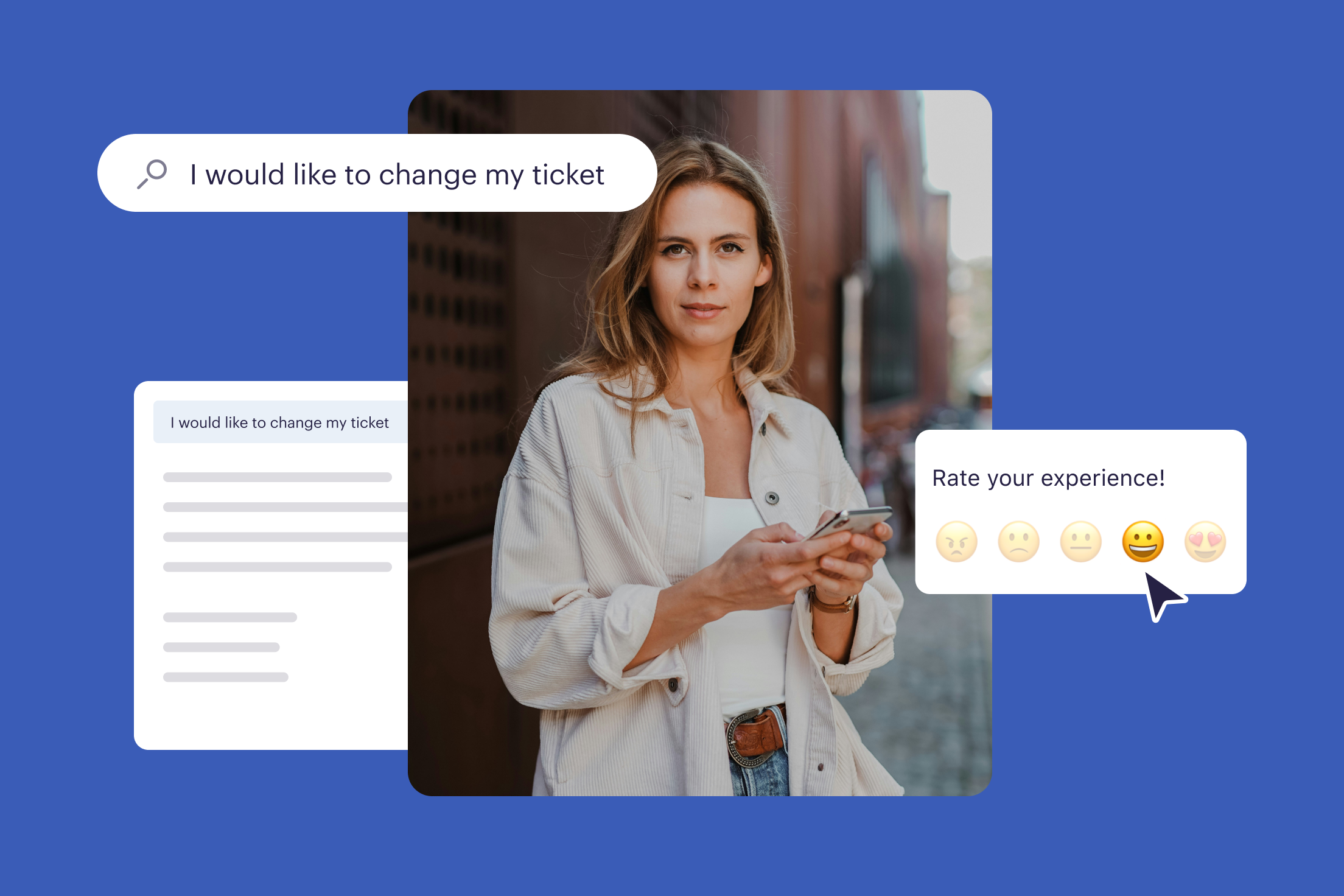Two weeks ago, Klarna released impressive numbers claiming their AI bot could do the work of 700 agents. According to the company, their bot was built internally based on OpenAI LLMs and uses customers' information to provide answers to their questions.
At a high level it seems the bot works like this:
- Klarna’s knowledge base answers most generic questions.
- Predefined "routines" use step-by-step processes and guidelines to answer questions like refunds, returns, invoices, or requests to talk to a human.
While these impressive numbers should be mitigated to some extent (there is a bit of marketing message here, and reality is a lot more nuanced), it begs the question for any organization: "Should I build my own AI bot?"
Let's step back and start with "Should I use an AI bot?"
The answer is probably yes if you have customers who ask questions—even if you have a small support team. The reasoning is simple: help centers and documentation are key to making people successful, but most of the time, people don't use them. Instead, they contact support directly. With an AI chatbot, you can boost the ROI of any content you create by making the AI use it before opening a ticket. From there, the sky is the limit in terms of automation. You can not only rely on your documentation but also define processes to be followed and link them to your different back-office tools to resolve customers' requests before they reach your support. This provides better service quality for your customers and reduces your cost.
The next question is, "Should I build the bot or use a vendor?"
Here, I have a biased view since Stonly provides everything you need to get the most efficient AI bot live fast. Here are some things to consider though if you want to build an AI bot:
- It will rely on your knowledge. The better and more structured your content is, the more powerful your bot will be.
- It will need to have defined processes. Sometimes, answers cannot be "straightforward" and need to follow a certain process. If a customer asks, "I want a refund,” you will need to follow a return procedure.
- It will need to ingest customers' data to personalize the answer. Depending on the type of person, the answer might vary.
- It needs to communicate with your back-end so that you can automate actions on their behalf.
- It will then use an AI pipeline to orchestrate all the required models and steps to get the right answers.
Building and maintaining all of this is not tiny work, especially in such a moving environment as AI. The risk you are taking by building it yourself is:
- Longer time to test and put into production
- Having hallucinations if you rely on an LLM such as GPT4
- Rigidity as every change will require your development team to be involved
- Security/privacy concerns (without clear sandboxing, LLMs can provide unintended information).
- Difficulty staying up to date with more powerful models as they come out
With all that said, we have worked hard at Stonly to build a Platform that can automate Customer Service through AI. Thanks to our unique way of building content and our specific AI pipeline, we can deliver fast, reliable, automated, and relatively cheap AI solutions to make your customers happy while saving a lot of money.
